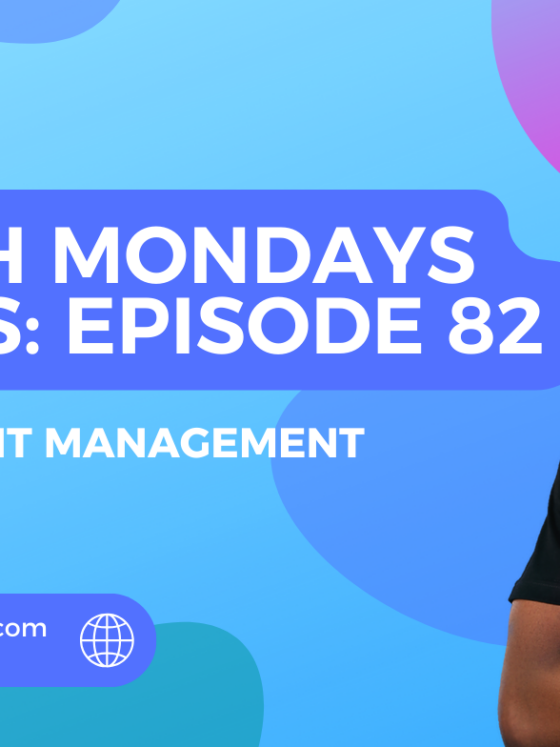Mastering Cash Flow Management for Longevity
North Mondays Series: Episode 111

It’s not about how much you make, can you manage it?
Once upon a spreadsheet, you celebrated your first big revenue month. The late-night’s and extra hours finally paid off and you could pat yourself on the back for a job well done.
Until month end…
Staff needed to be paid, inventory needed restocking, rent was due yesterday yet your account balance looked suspiciously humble.
Sound familiar?
Unpredictable Markets
Making money is cute but the real challenge is managing it.
One week you’re profitable, the next week your biggest customer delays payment.
You plan for growth, but inflation moves the goalpost.
You hire to scale, then FX volatility eats your margin.
The difference between a thriving business and a failed one isn’t always bad ideas, it’s bad timing. Or rather, bad cash timing.
Smart founders are no longer waiting for manual reports or accountant updates.
They’re using cash flow automation tools to:
- Track incoming and outgoing cash in real time
- Forecast scenarios across best- and worst-case outcomes
- Automate invoicing, follow-ups, and receivables
- Sync payments, payroll, and expenses
- Spot red flags before they become full-blown crises
Automation doesn’t replace decision-making, it amplifies it with data and clarity.
What Practical Cash Flow Control Looks Like
- Weekly Cash Flow Reviews: Look at what came in, what went out, and what’s sitting tight. Compare projected vs. actual cash flow. Weekly check-ins give you the chance to course-correct before small issues become full-blown crises.
- Segmenting Income Streams: A one-time bulk order and a recurring retainer don’t carry the same weight. Break your income into buckets: retainers, product sales, consulting, affiliate income, etc. This helps you know what’s stable, what’s seasonal, and what needs more marketing attention.
- Shorter Payment Cycles: Move toward net-15 or net-30, especially with new clients. Offer early payment discounts if needed. You’re not just invoicing, you’re training your clients to respect your cash cycle.
- Cost Triggers: Set defined cash thresholds for pausing new hires, delaying product development, or renegotiating subscriptions. For example: “If available cash dips below ₦2 million, cancel ad spend for the month.”
- Buffer Goals: Ideally, aim for 3–6 months worth of operating expenses saved up. It won’t happen overnight, but treat it like a business emergency fund. Every month, stash a little. This gives you breathing space during low seasons, client ghosting, or economic curveballs.
Tools to Explore in 2025
Depending on your scale, here are options to start:
- QuickBooks or Zoho Books: For automated invoices and cash flow forecasting
- Wave or Xero: For small businesses managing tight flows
- Trovata or Float: For more advanced cash flow visibility and scenario planning
- Banks: Some banks offer real-time insights directly
The goal isn’t just to automate reporting, it’s to see around corners before trouble hits.
North Mondays Action Plan
Let’s turn strategy into steps:
- Map your cash inflow and outflow over the last 90 days
- Define your cash conversion cycle (how long it takes to turn a sale into cash)
- Set automatic invoice reminders
- Test one automation tool this month (see what fits your flow)
- Create a “rainy day” playbook (If X happens, Y gets paused)
Think of your business as a machine; the cash is the oil, don’t wait till it starts knocking to top it up. Keep it flowing and stay ready.
Your Turn
What’s one decision you can make this week to stabilize your cash flow?








Recent Comments